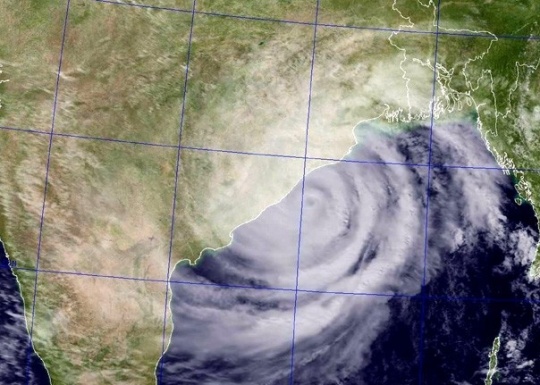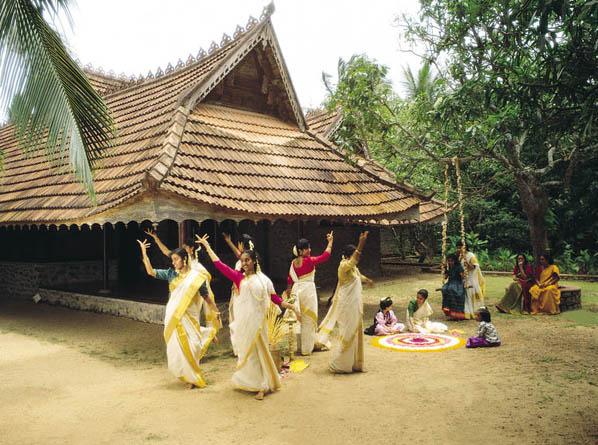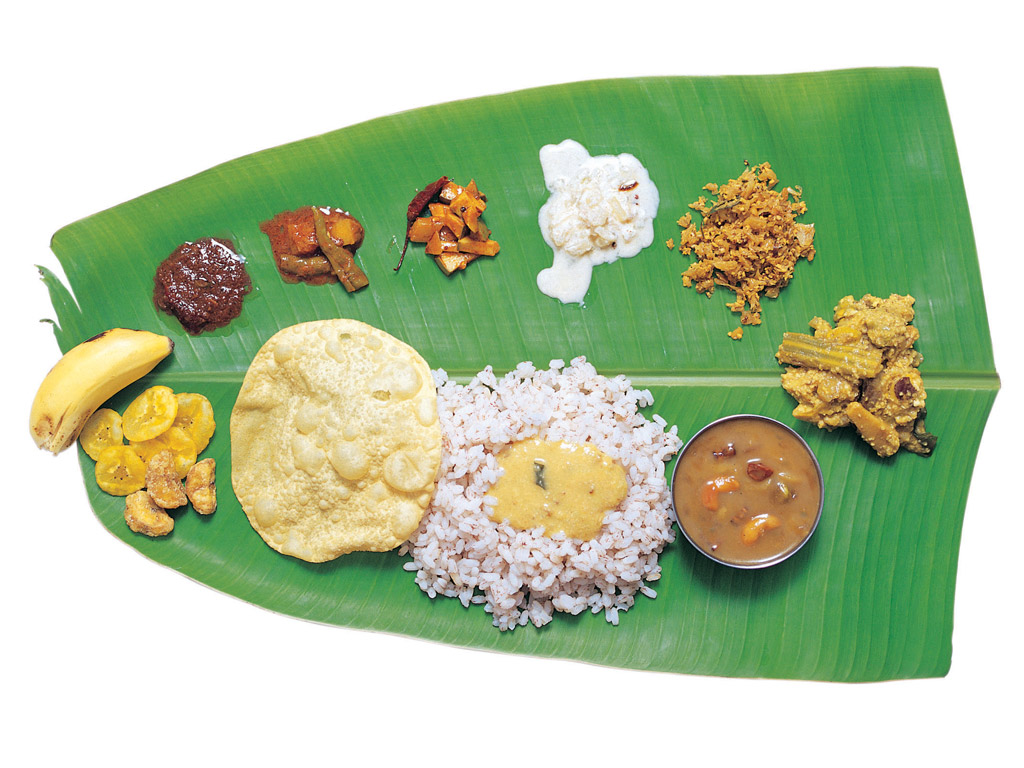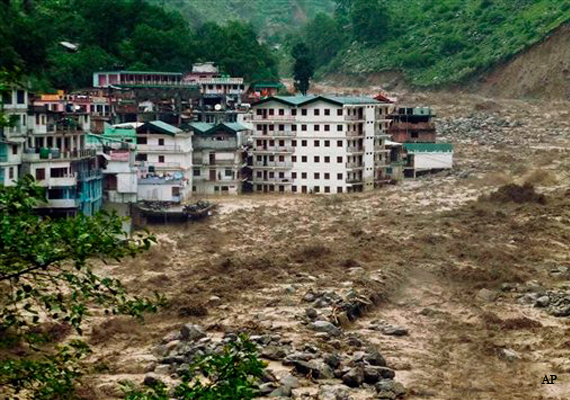Bhubaneswar, Odisha- The rise and fall of the maritime activities and the ports of Odisha had been inextricably linked with complicated twists and turns of coastal geomorphologic forces. In the maritime history of Odisha, the fortune of Kalinga Sea-farers ebbed and flowed with ever-shifting sands of Eastern Sea coasts. Countless historians have tried to reconstruct this fascinating story from various sources as given below.
1. Legends and Puranic Anacortes.
2. Historical accounts of Travelers.
3. Archeological remains.
However, the story of Odishan ports, the tales of the daring marine conquests of the people and seafarer of different times, at best, remains hazy, thanks to the many apparent contradictions and inaccuracy of these sources and the lack of availability of authentic data.
Legends:
The legends and festivals of Odisha indicate the prosperity of maritime trade that flourished in those times at these ports and the contribution it made to the overall economy of the region. The Kartika Purnima festival observed in the Autumn Season is a pointer to this. On this day, early in the morning, people of Odisha make small boats out of the banana-trunks and sail to them in the nearest water body amid melodious chants in a symbolic remembrance of those times when the people of Odisha used to observe this festival to celebrate the home coming of Odia Sadhabas.
In those days, marine architectural science was not developed and any vessel has to navigate completely with the wind and by a clever Manipulation of the attached sails. The Odia sailors used to set sail towards Java, Sumatra, Indonesia and Malay, taking advantage of the wind which flows in the North Easterly direction from Mid October to February. The ideal moment for such a voyage was full moon night of Kartika month. In early morning of this day the seacoast of different port cities of Odisha used to reverberate with the sound of thousand conch shells blown by the wives of these indefatigable sailors whose sail would gradually fade into the horizon in search of trading prosperity at distant lands.
The symbolic floating of banana boats observed on this day is a faint reminder of the maritime superiority once enjoyed by the People of Utkala in the high of East-Asian archipelago.
Odisha, in those days, enjoyed a unique geographical advantage. It had a long coastline and numerous rivers criss-crossing its vast expanse, which were highly navigable well into the innards of their hinterland. Some historians are of opinion that these rich port cities and the flourishing trade of Kalinga with most of the East Asian countries through its long coastline and deep navigable rivers could have actually served as the main reason for attack of Ashoka in 261 B.C.
It is a well-known fact that the Kalingans had mastered the sea well before the times of Ashoka. Greek traveler Meghasthenes mentions of trading relation of Kalinga with China in his memoirs. In his memories Meghasthenes writes about the elephant trade between Kalinga and Sinhala even in the first century A.D.
One can well imagine the kind of robustness of the ships which were capable of carrying hordes of elephants over such long distance braving the vicissitude of the mighty waves of Indian Ocean. The existence of such ships also indicates the prevailing technological advance required in ship building and the manufacturing of their spare parts. As per the Greek Historians, there were five important ports at that time from where trade and colonial relationship with the countries of Far East was being attempted.
In the first century A.D. Ptolemy’s geography mentions the following ports.
1. Nanigen (Present Puri)
2. Katikardam (Cuttack)
3. Konagar (Konark)
4. Koshamaba (Balasore)
5. Kalinganagar (Toshali)
In the Buddhist era some other ports like Tamralipta, Palore (present Palur near Chilika) rose to prominence. In the third century A.D., Mahendra & Sanghamitra –son and daughter of the great Ashoka- sailed from the Tamralipta port to Singhhala (Present day Sri Lanka) along with Bodhisakha for spreading Budhhism.
In the third century A.D. from this very same port, the daughter of the Kalinga emperor Grihasiva-Hemamala and his son-in-law -Dantakumar, sailed to Sri Lanka carrying the “Holy Tooth of Budhha”. The temple containing this “HolyTooth” in present day Srilanka is still great place of pilgrimage for the world Buddhist Community.
 In the fourth century A.D. Fahien, the great Chinese traveler went from this TanvaIipta port to Sinhala and then returned to his own country aboard a Kalingan Ship via Java. So important was the prosperity of Kalingan-Sea-traders that the great poet Kalidas describes Kalinga King in his epic “Raghubansa” as Mahodadhipati” or the “Emperor of the High Seas”.
In the fourth century A.D. Fahien, the great Chinese traveler went from this TanvaIipta port to Sinhala and then returned to his own country aboard a Kalingan Ship via Java. So important was the prosperity of Kalingan-Sea-traders that the great poet Kalidas describes Kalinga King in his epic “Raghubansa” as Mahodadhipati” or the “Emperor of the High Seas”.The fame and fortunes of Kalinga traders of the Eastern seas rose to such dizzy heights that the astonished tribals of the Eastern Archipellago used to think them as “Messengers from Heaven”. No there exists no archeological remains of those giant seaports that dotted the once enviable Odisha Coastline.
There exist almost negligible remains of the rich and industrial hinterland that fed these busy seaports. The silent waves, the marauding sand and the brutal marine sources had joined hands with the inexorable march of history to wipe out any vestiges to their existence. But the story has to be told and with exact details. The drama of the period of marine history needs to be unfolded. It requires multidisciplinary research and the concerted efforts of Historians marine architects and ecologists towards reconstructing the history of that period.
Source: Dr. Ms. Sanghamitra Pati saihp.org.in











